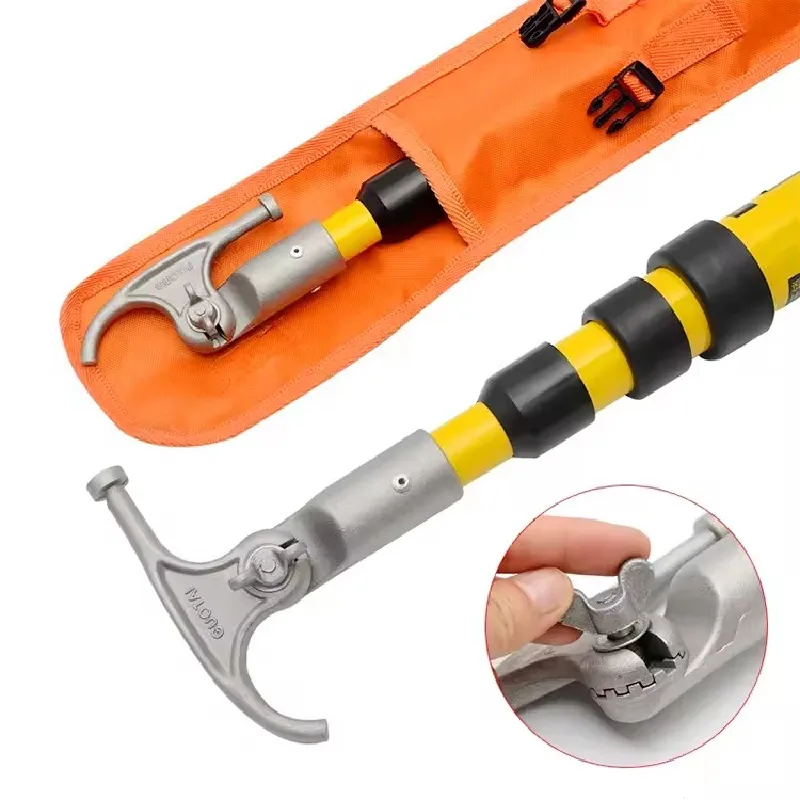
-
 Afrikaans
Afrikaans -
 Albanian
Albanian -
 Amharic
Amharic -
 Arabic
Arabic -
 Armenian
Armenian -
 Azerbaijani
Azerbaijani -
 Basque
Basque -
 Belarusian
Belarusian -
 Bengali
Bengali -
 Bosnian
Bosnian -
 Bulgarian
Bulgarian -
 Catalan
Catalan -
 Cebuano
Cebuano -
 Corsican
Corsican -
 Croatian
Croatian -
 Czech
Czech -
 Danish
Danish -
 Dutch
Dutch -
 English
English -
 Esperanto
Esperanto -
 Estonian
Estonian -
 Finnish
Finnish -
 French
French -
 Frisian
Frisian -
 Galician
Galician -
 Georgian
Georgian -
 German
German -
 Greek
Greek -
 Gujarati
Gujarati -
 Haitian Creole
Haitian Creole -
 hausa
hausa -
 hawaiian
hawaiian -
 Hebrew
Hebrew -
 Hindi
Hindi -
 Miao
Miao -
 Hungarian
Hungarian -
 Icelandic
Icelandic -
 igbo
igbo -
 Indonesian
Indonesian -
 irish
irish -
 Italian
Italian -
 Japanese
Japanese -
 Javanese
Javanese -
 Kannada
Kannada -
 kazakh
kazakh -
 Khmer
Khmer -
 Rwandese
Rwandese -
 Korean
Korean -
 Kurdish
Kurdish -
 Kyrgyz
Kyrgyz -
 Lao
Lao -
 Latin
Latin -
 Latvian
Latvian -
 Lithuanian
Lithuanian -
 Luxembourgish
Luxembourgish -
 Macedonian
Macedonian -
 Malgashi
Malgashi -
 Malay
Malay -
 Malayalam
Malayalam -
 Maltese
Maltese -
 Maori
Maori -
 Marathi
Marathi -
 Mongolian
Mongolian -
 Myanmar
Myanmar -
 Nepali
Nepali -
 Norwegian
Norwegian -
 Norwegian
Norwegian -
 Occitan
Occitan -
 Pashto
Pashto -
 Persian
Persian -
 Polish
Polish -
 Portuguese
Portuguese -
 Punjabi
Punjabi -
 Romanian
Romanian -
 Russian
Russian -
 Samoan
Samoan -
 Scottish Gaelic
Scottish Gaelic -
 Serbian
Serbian -
 Sesotho
Sesotho -
 Shona
Shona -
 Sindhi
Sindhi -
 Sinhala
Sinhala -
 Slovak
Slovak -
 Slovenian
Slovenian -
 Somali
Somali -
 Spanish
Spanish -
 Sundanese
Sundanese -
 Swahili
Swahili -
 Swedish
Swedish -
 Tagalog
Tagalog -
 Tajik
Tajik -
 Tamil
Tamil -
 Tatar
Tatar -
 Telugu
Telugu -
 Thai
Thai -
 Turkish
Turkish -
 Turkmen
Turkmen -
 Ukrainian
Ukrainian -
 Urdu
Urdu -
 Uighur
Uighur -
 Uzbek
Uzbek -
 Vietnamese
Vietnamese -
 Welsh
Welsh -
 Bantu
Bantu -
 Yiddish
Yiddish -
 Yoruba
Yoruba -
 Zulu
Zulu


Dec . 04, 2024 16:00 Back to list
Durable Stainless Steel Locking Ties for Secure and Reliable Fastening Solutions
Understanding Stainless Steel Locking Ties Applications and Benefits
Stainless steel locking ties, also known as stainless steel cable ties or zip ties, are essential components across various industries due to their strength, durability, and versatile applications. These ties are often used for securing, bundling, and organizing cables and other materials. The unique properties of stainless steel make these locking ties particularly valuable in environments where corrosion and temperature fluctuations can be an issue.
One of the standout features of stainless steel locking ties is their resistance to rust and corrosion. Unlike traditional plastic cable ties, which can degrade when exposed to outdoor conditions or harsh environments, stainless steel ties maintain their integrity over extended periods. This makes them an excellent choice for applications in marine environments, agricultural settings, and industrial facilities where exposure to moisture, chemicals, or extreme temperatures is common.
Stainless steel locking ties come in various sizes, allowing them to accommodate different bundling needs. Their strength is one of their primary advantages. With tensile strengths often exceeding those of plastic variants, stainless steel locking ties can secure heavier loads without the risk of breaking. This makes them ideal for heavy-duty tasks, such as securing large electrical cables in industrial plants, bundling pipes in construction settings, or organizing wiring in outdoor installations.
The installation of stainless steel locking ties is straightforward, requiring minimal tools or special equipment. Typically, a ratchet mechanism enables the tie to lock securely in place once it has been tightened, ensuring that the items being bundled remain fixed in position. Some variations include adjustable features that allow for a quick release or repositioning, which can be beneficial in dynamic environments where configurations frequently change.
stainless steel locking ties

Another significant advantage of stainless steel locking ties is their environmental sustainability. While plastic ties can contribute to environmental pollution and are often used for single-use applications, stainless steel ties are much longer lasting. They can be reused multiple times and, at the end of their life cycle, can be recycled, thus reducing waste. This eco-friendliness property is increasingly important in today's world, where sustainability is a growing concern.
Applications for stainless steel locking ties span numerous sectors. In the electrical industry, they are extensively used for managing wiring systems, ensuring that cables are organized and secure, thus enhancing safety and efficiency. In construction, these ties help to manage scaffolding and structural components, binding materials together robustly. Additionally, in the aerospace and automotive industries, where safety and reliability are paramount, stainless steel locking ties are instrumental in ensuring that components are secured against the vibrations and stresses experienced during operation.
Moreover, their use in the food and pharmaceutical industries cannot be overlooked. Stainless steel ties are often employed in environments requiring strict hygiene standards, as they are easy to clean and sterilize, further minimizing the risk of contamination.
In conclusion, stainless steel locking ties are indispensable tools that provide unparalleled durability, strength, and versatility for a wide range of applications. Their resistance to corrosion, ease of use, and sustainability make them an excellent choice for various industries, from electrical and construction to food and pharmaceuticals. As industries continue to evolve, the demand for reliable and robust solutions like stainless steel locking ties will undoubtedly grow. Embracing these ties not only enhances operational efficiency but also aligns with modern sustainability goals, making them a smart investment for any organization.
Latest news
What Are Construction Tools and How Are They Used?
NewsJul.11,2025
Professional-Grade Duct Rodding Tools for Superior Cable Installation
NewsJul.11,2025
Enhancing Safety and Efficiency with Modern Hot Stick Solutions
NewsJul.11,2025
Empowering Cable Installation with Advanced Rodder Solutions
NewsJul.11,2025
Elevate Your Cable Installation Projects with Cable Pulling Tools
NewsJul.11,2025
Efficient Cable Handling Solutions: Cable Rollers for Sale
NewsJul.11,2025











